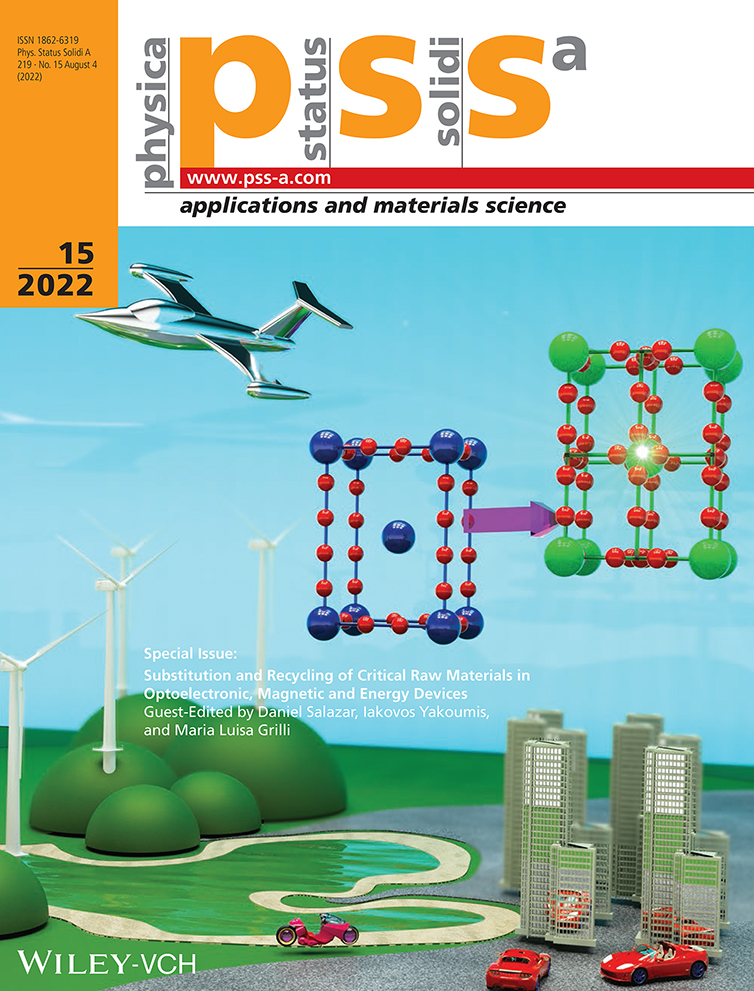Application of Mechanochemically Treated Waste Materials for Water Remediation
Abstract
The possibility to reuse damaged Fe-based metallic glasses with heterogeneities in their amorphous structure for wastewater remediation is investigated. Fe81B13.5Si3.5C2 ribbons are treated in a planetary ball mill in order to improve their catalytic behavior. Their efficiency in model Fenton reaction of Methyl orange azo-dye degradation is registered. It reveals significant variations of their performance as a result of material transformation under mechanical treatment. Detailed physicochemical analysis is made to follow material changes after ball milling and catalytic tests. It is obtained that the formation of local atomic Fe-rich and Fe-deficit clusters randomly distributed in the amorphous alloy is highly beneficial for increasing catalyst dye degradation ability. Catalytically active centers in studied redox reaction are Fe-rich clusters due to their strong affinity for donating electrons. Additional important result of this study is that mechanochemical treatment of metallic glasses at appropriate conditions can lead to material homogenization and relaxation of amorphous structure, as it can be observed after temperature annealing. This study demonstrates the possibility to apply mechanochemical method for rearrangement of the amorphous structure of damaged metallic glasses. Such waste materials can be in fact successfully reused as green and sustainable catalysts for effective purification of contaminated industrial waters.
Conflict of Interest
The authors declare no conflict of interest.
Open Research
Data Availability Statement
The data that support the findings of this study are available from the corresponding author upon reasonable request.




